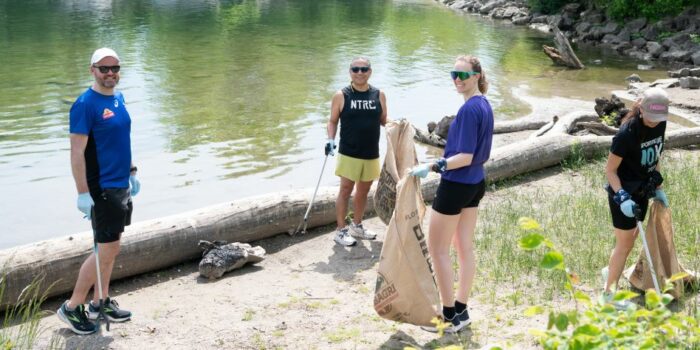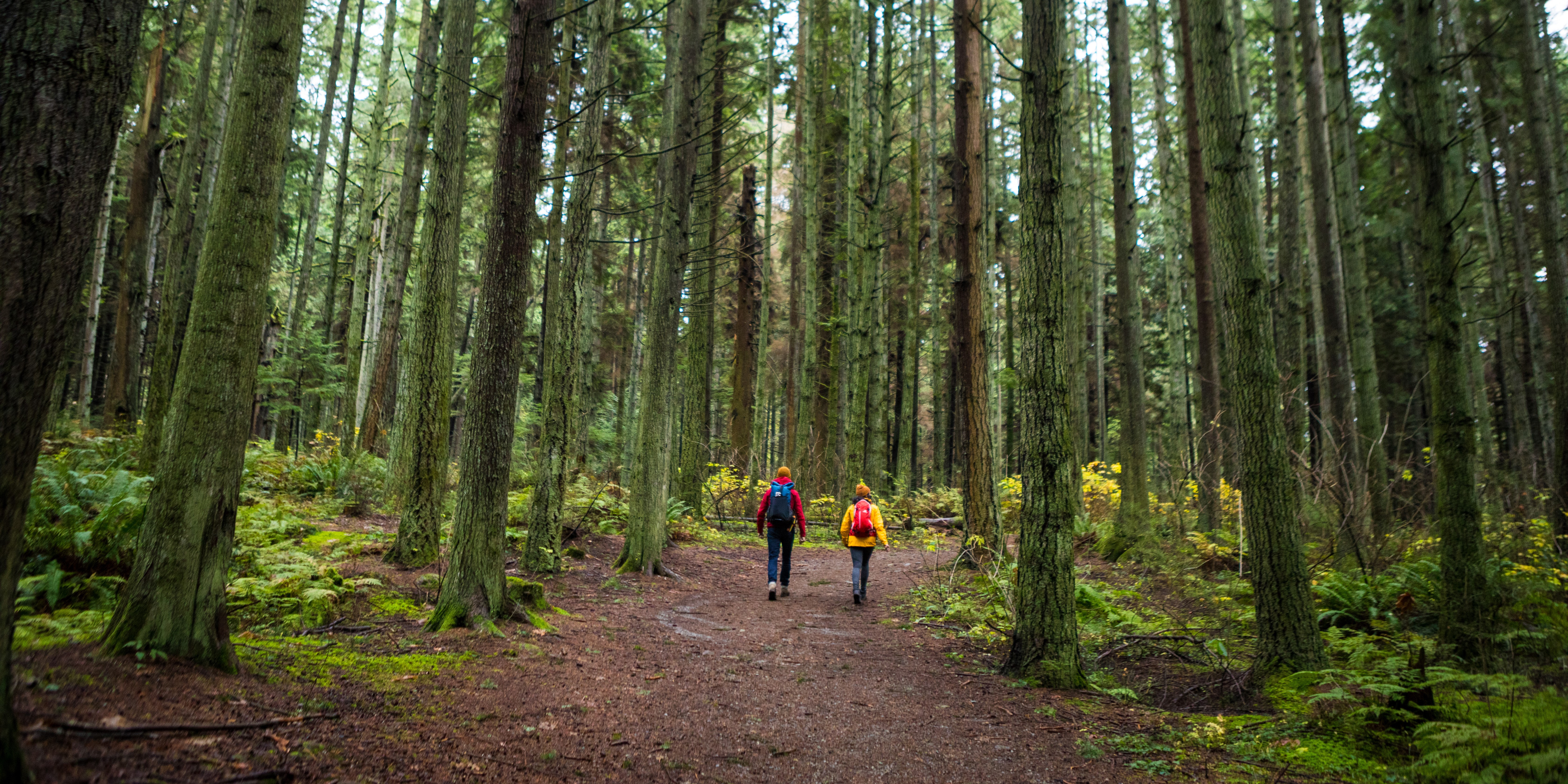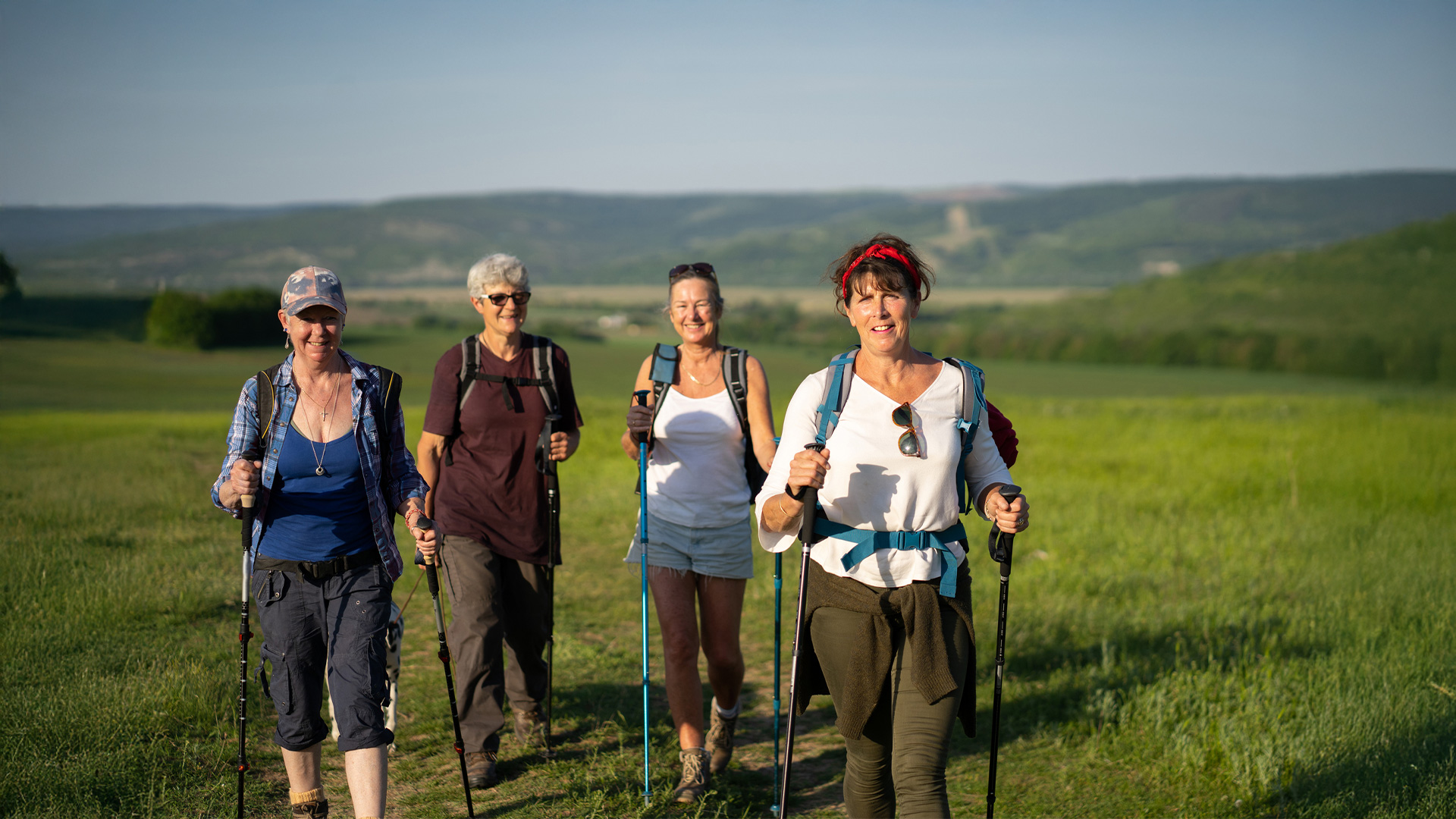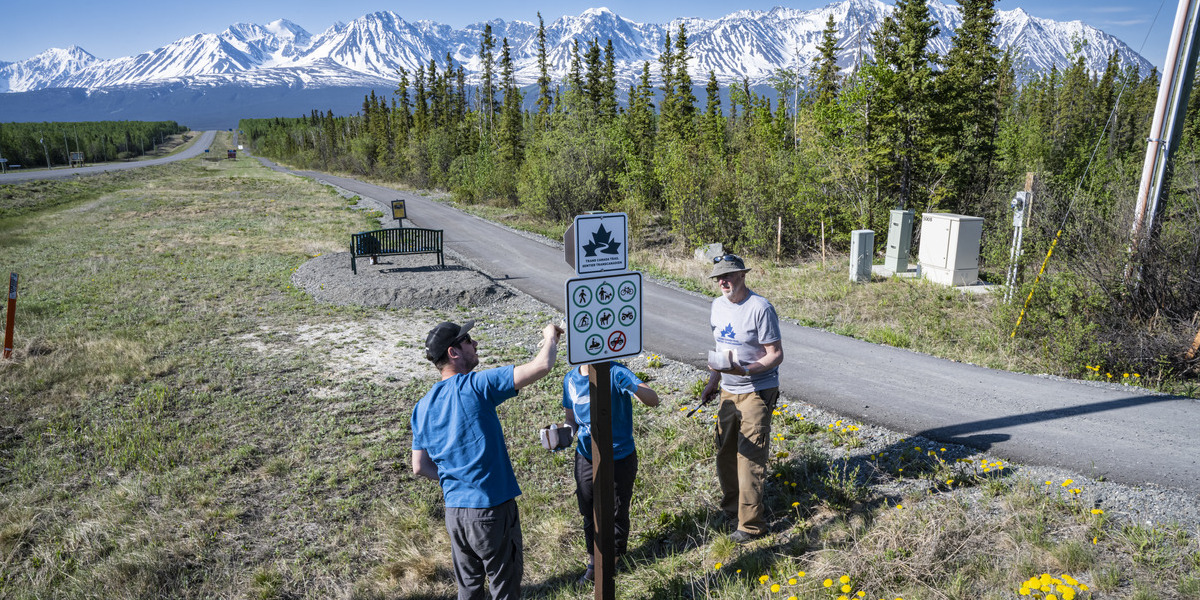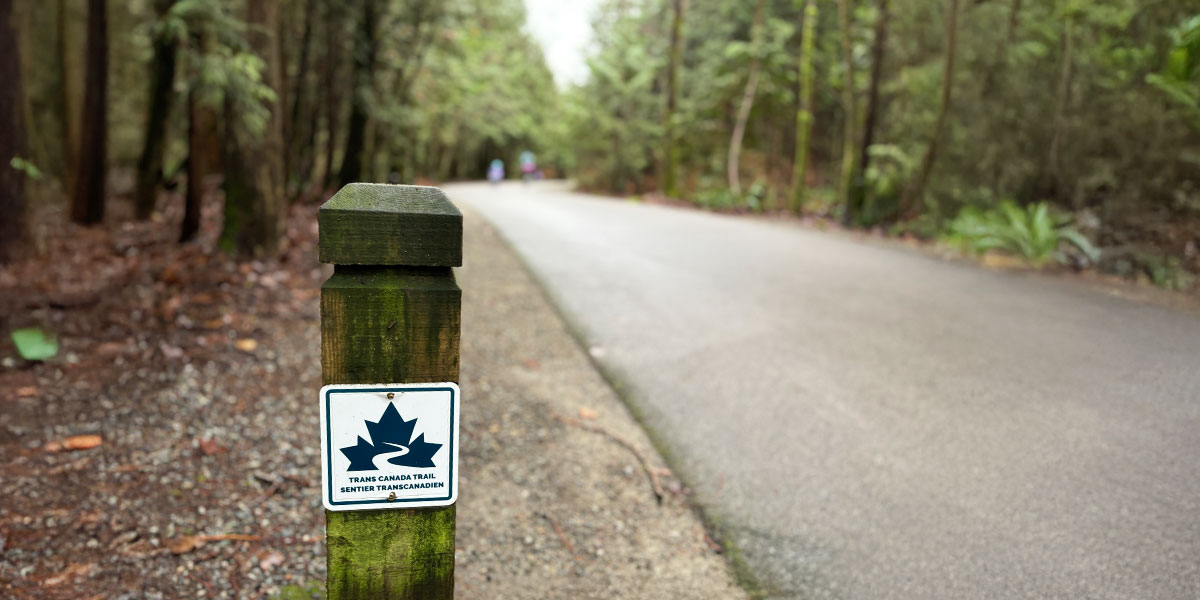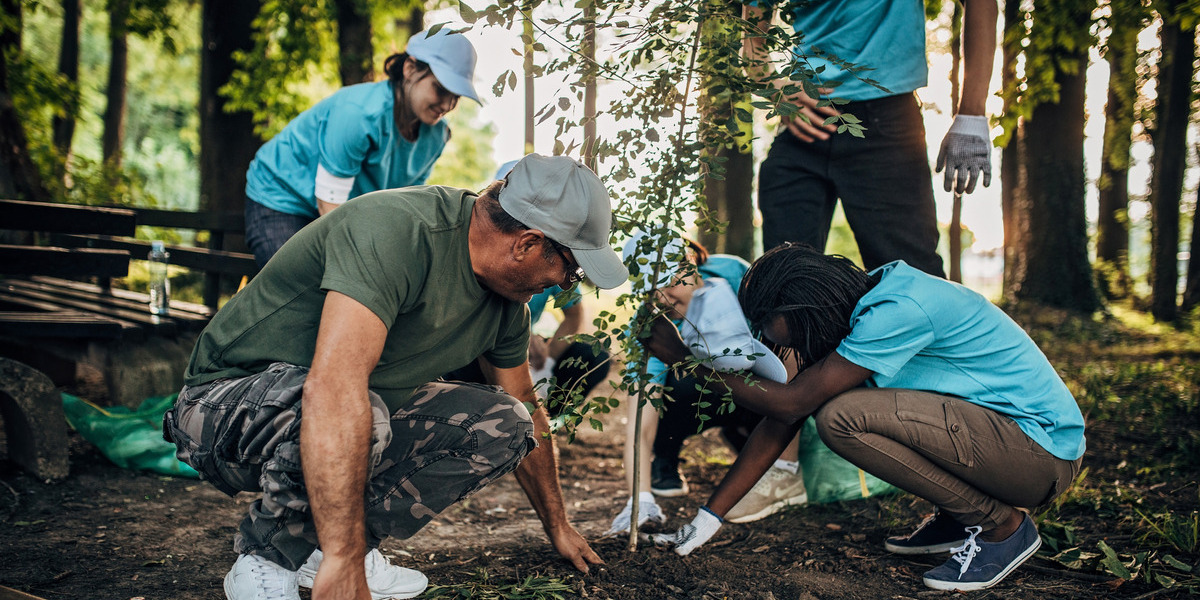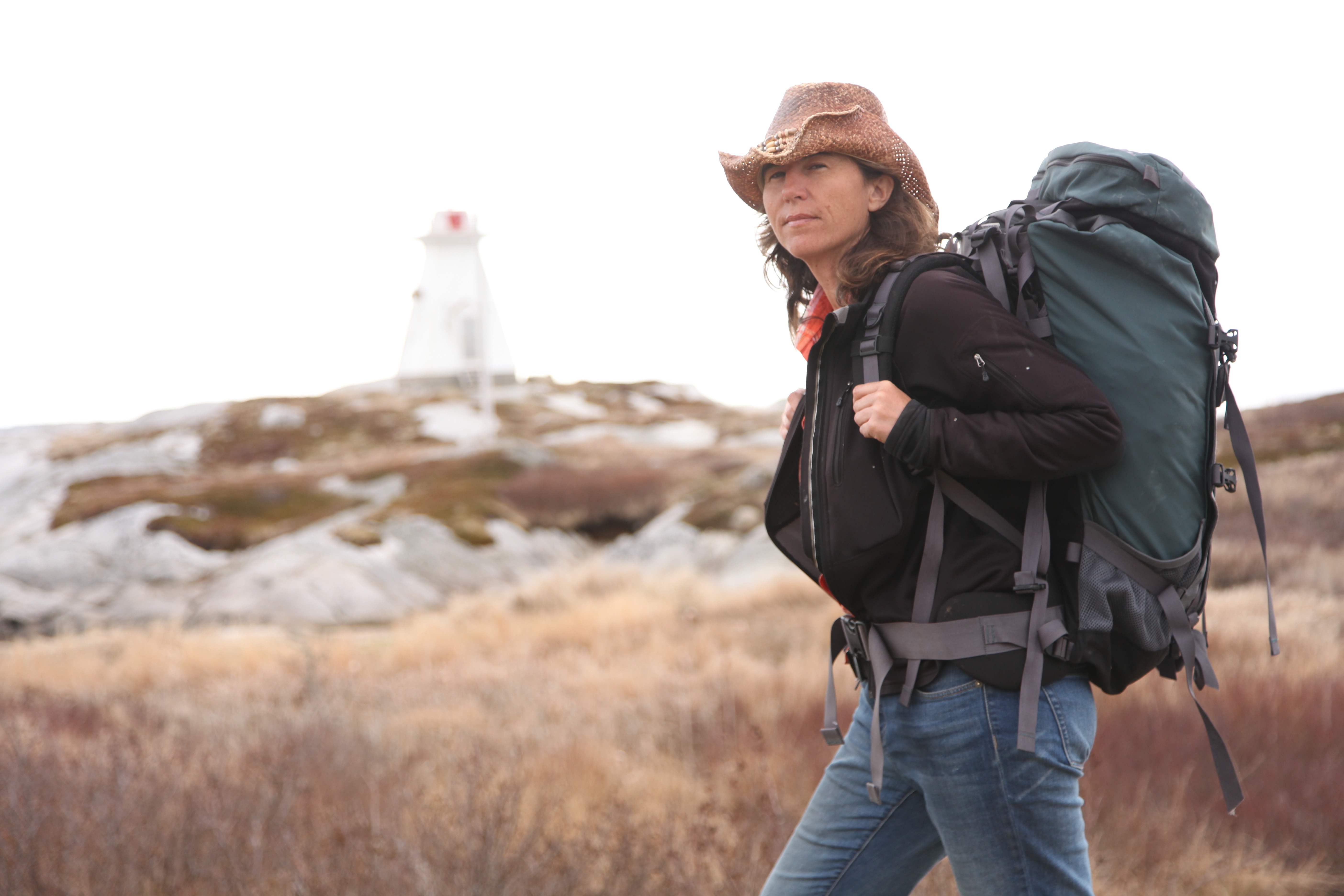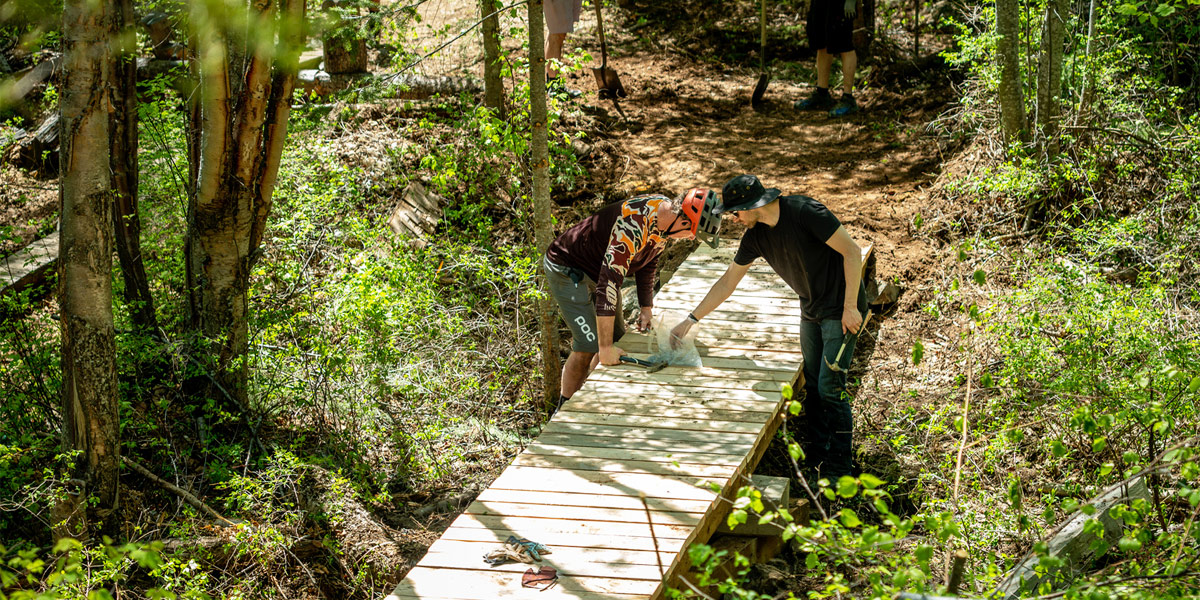COVID-19: Trans Canada Trail Issues National Guidelines for Responsible Trail Operations
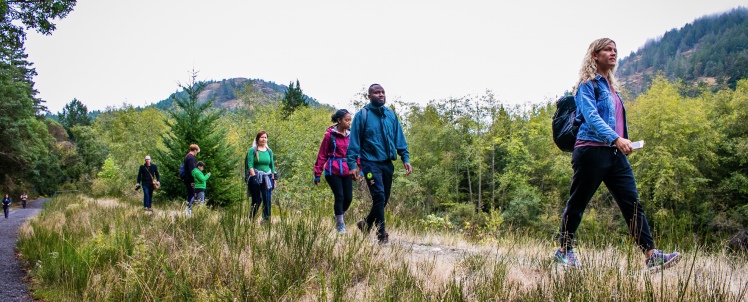
Expertise from across the globe helps keep trail operators and visitors safe in the great outdoors
As trails and parks reopen to visitors, Trans Canada Trail (TCT) has published guidelines for keeping trail operators and users safe during the COVID-19 pandemic. TCT reached out to experts across the globe in order to share their most recommended practices and to provide guidance on safe trail operation. These guidelines were created to assist trail organizations across Canada in their efforts to ensure that Canadians can recreate safely and responsibly. A tool kit for trail organizations has been developed as well, with important items including trailhead signage that will provide useful guidance to trail users.
National Guidelines: Responsible Trail Operations and Visitation during the COVID-19 Pandemic is available HERE, and has been circulated to TCT’s network of over 400 Trail managers, as well as our government partners. However, it also provides useful tips for trail enthusiasts of all levels.
CLICK HERE TO DOWNLOAD THE GUIDELINES AND SHAREABLE GRAPHICS
The guidelines cover numerous areas of trail operations and usage, including:
- Recommended measures to ensure physical distancing among trail crews and users
- Advice for managing high-touch surfaces and amenities traditionally used for congregating
- Managing the volume of people using the trail
- Educating trail users on the role they can play in reducing the transmission of COVID-19
Eleanor McMahon, President & CEO of TCT, said: “The benefits of trails and trail use are numerous, and we are encouraged to see so many Canadians turning to their trails at this time. As a leader in the trail sector, we have a responsibility to develop and share the most up-to-date and reliable guidance so everyone can enjoy the outdoors safely and responsibly.”
“By communicating a clear set of guidelines and resources to trail operators and the public, we can ensure that our work as an organization is national, consistent and collaborative. Ultimately, this will result in enhanced experiences for trail users in the current context and beyond. Given that we will be operating in an environment of uncertainty in terms of COVID-19, providing assistance and guidance in terms of safe use is particularly important,” she continued.
“We also developed these guidelines for use by our government partners municipally, regionally, provincially and federally – and we hope that they will be useful in terms of best practice for their public health agencies as well. Given that trails have emerged as an option for recreating safely, particularly in the context of current guidance that limits gatherings, we trust that these guidelines will be a timely and useful tool,” McMahon added.
Due to the ever-evolving nature of the pandemic, the guidelines will be reviewed and updated to reflect the latest evidence and public health advice.


